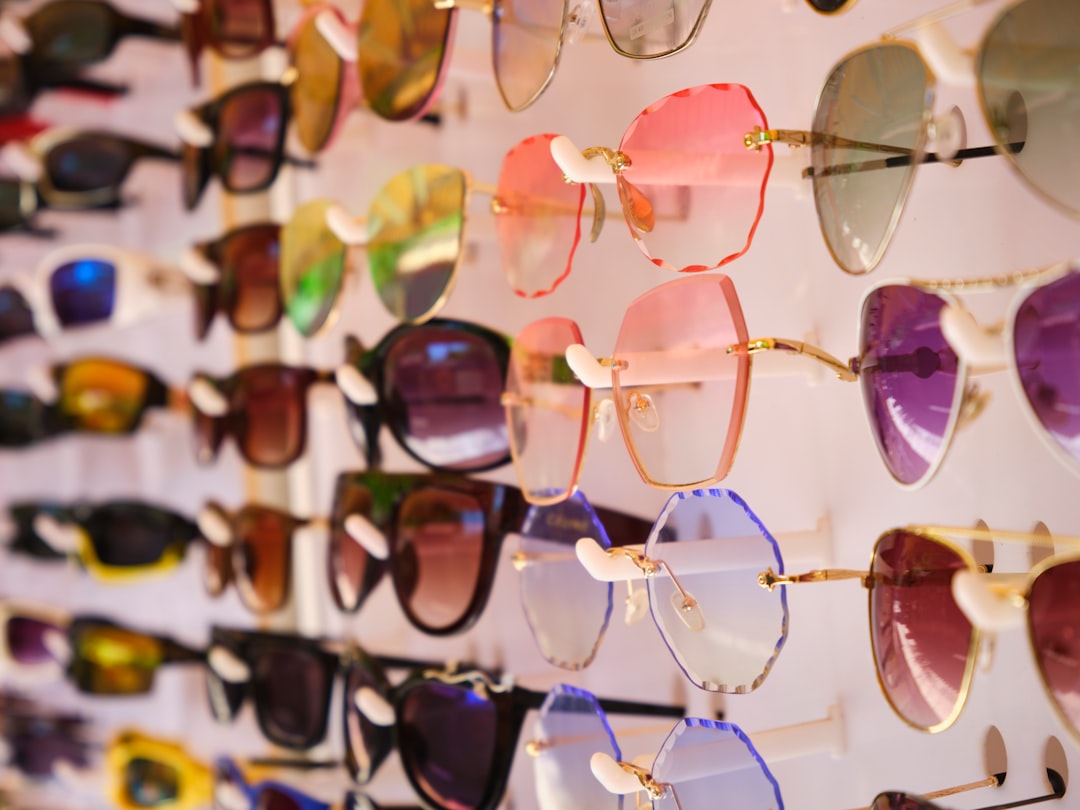Exploring the Role of Color in Elevating Your Outfit: Discover how different colors in fashion can transform your overall look, impact emotions, and convey specific messages, as well as learn about color theory fundamentals, cultural meanings, and techniques to create visually appealing outfits.
Introduction to the Impact of Color in Fashion
Color is a fundamental element in the world of fashion, with the power to significantly influence and elevate one's outfit choices. The selection of colors in clothing and accessories is not merely a visual decision but a psychological and emotional one as well. Different colors have the ability to convey varied messages, shaping the overall perception of an individual's style. For instance, red, with its association with passion and excitement, can add a bold and dynamic element to an outfit, making a striking statement. On the other hand, blue, representing calmness and trustworthiness, can exude a sense of stability and reliability in one's appearance.
Moreover, the impact of color in fashion extends beyond mere aesthetics. It delves into the realm of personal expression, allowing individuals to communicate their mood, personality, and style preferences through the colors they choose to wear. By understanding the psychology behind colors, fashion enthusiasts can harness the power of hues to curate outfits that not only look visually appealing but also resonate with their inner emotions and desired messages. Therefore, exploring the role of color in fashion is not just about creating a visually pleasing ensemble but also about utilizing colors as a tool for self-expression and storytelling through clothing.
The Psychological Influence of Colors in Fashion
Color psychology delves into the intricate ways in which different colors impact mood and mindset, underscoring their significance as potent elements in fashion decisions. It's fascinating to note that red, a vibrant hue, is often synonymous with passion, excitement, and danger, which can be harnessed to instill a sense of urgency or make a striking fashion statement. As an example, envision a classic red dress that effortlessly commands attention and exudes confidence, showcasing the wearer's assertiveness and vivacity through the color choice.
Conversely, the color blue, with its calming and trustworthy aura, embodies stability and security in the realm of fashion. Imagine a sophisticated navy blue suit, evoking a sense of professionalism and dependability that is ideal for formal settings or business occasions, where projecting a composed and competent image is paramount. By recognizing the psychological underpinnings of colors, individuals can skillfully craft their attire to not only express personal style but also evoke specific emotions and perceptions, allowing their outfits to narrate stories without uttering a single word.
Understanding Color Theory Fundamentals
Color theory in fashion extends beyond just the basic color wheel, encompassing various elements that contribute to the visual impact of an outfit. Primary colors like red, blue, and yellow are not only the fundamental building blocks of color theory but also evoke different emotions and messages when incorporated into clothing choices. For instance, red symbolizes passion and excitement, making it a bold choice for individuals looking to make a statement with their outfit, while blue conveys a sense of calmness and trustworthiness, ideal for creating a composed and approachable look.
Moreover, understanding color schemes such as complementary, analogous, and monochromatic can significantly enhance the overall aesthetic of an ensemble. For example, pairing complementary colors like red and green can create striking visual contrasts, making the outfit stand out and grab attention. On the other hand, opting for an analogous color scheme by combining shades that are adjacent on the color wheel can result in a cohesive and harmonious look, perfect for those seeking a more subtle yet elegant style. By exploring these different color schemes and understanding how they interact, individuals can elevate their fashion choices and create outfits that are not only visually appealing but also reflective of their personal taste and creativity.
Cultural and Symbolic Meanings of Colors in Fashion
Colors play a significant role in fashion beyond aesthetics, as they carry cultural and symbolic meanings that impact style choices. For instance, red is symbolically linked to passion, aggression, fertility, and power, making it a bold choice for those wanting to make a statement through their clothing. Similarly, blue is often associated with calmness, wisdom, and peace, reflecting a sense of tranquility and trustworthiness when incorporated into outfits. By considering these cultural and symbolic connotations of colors, individuals can align their fashion choices with the messages they wish to convey.
Moreover, the symbolic meanings of colors in fashion can vary across different cultures, emphasizing the importance of cultural awareness in style decisions. For example, in some cultures, white is traditionally worn at weddings to symbolize purity and new beginnings, while in others, it may represent mourning and loss. This cultural nuance highlights the need to respect and understand the diverse interpretations of colors when creating fashion ensembles. By acknowledging and embracing the cultural significance of colors, individuals can not only express themselves authentically but also demonstrate cultural sensitivity and appreciation through their clothing selections.
Utilizing Color Contrast Techniques to Enhance Your Outfit
Mastering color contrast techniques is not only key but also an art form in creating visually striking and harmonious outfits. For instance, understanding how to use complementary colors can significantly impact the overall look of an outfit. By pairing colors that are opposite each other on the color wheel, such as red and green or blue and orange, individuals can achieve a bold and eye-catching ensemble that immediately draws attention. This technique of using complementary colors creates a dynamic visual contrast that elevates the outfit to a whole new level, making a powerful style statement.
Moreover, analogous colors play a crucial role in creating a cohesive and balanced look in fashion ensembles. Analogous colors are those that are adjacent to each other on the color wheel, such as blue, blue-green, and green. When combined in an outfit, these colors blend harmoniously, providing a sense of unity and sophistication to the overall look. By incorporating analogous colors strategically, individuals can ensure that their outfit is visually appealing and well-coordinated, showcasing a refined sense of style and color coordination. This technique is particularly useful when aiming for a polished and put-together appearance without being too overwhelming with contrasting hues.









